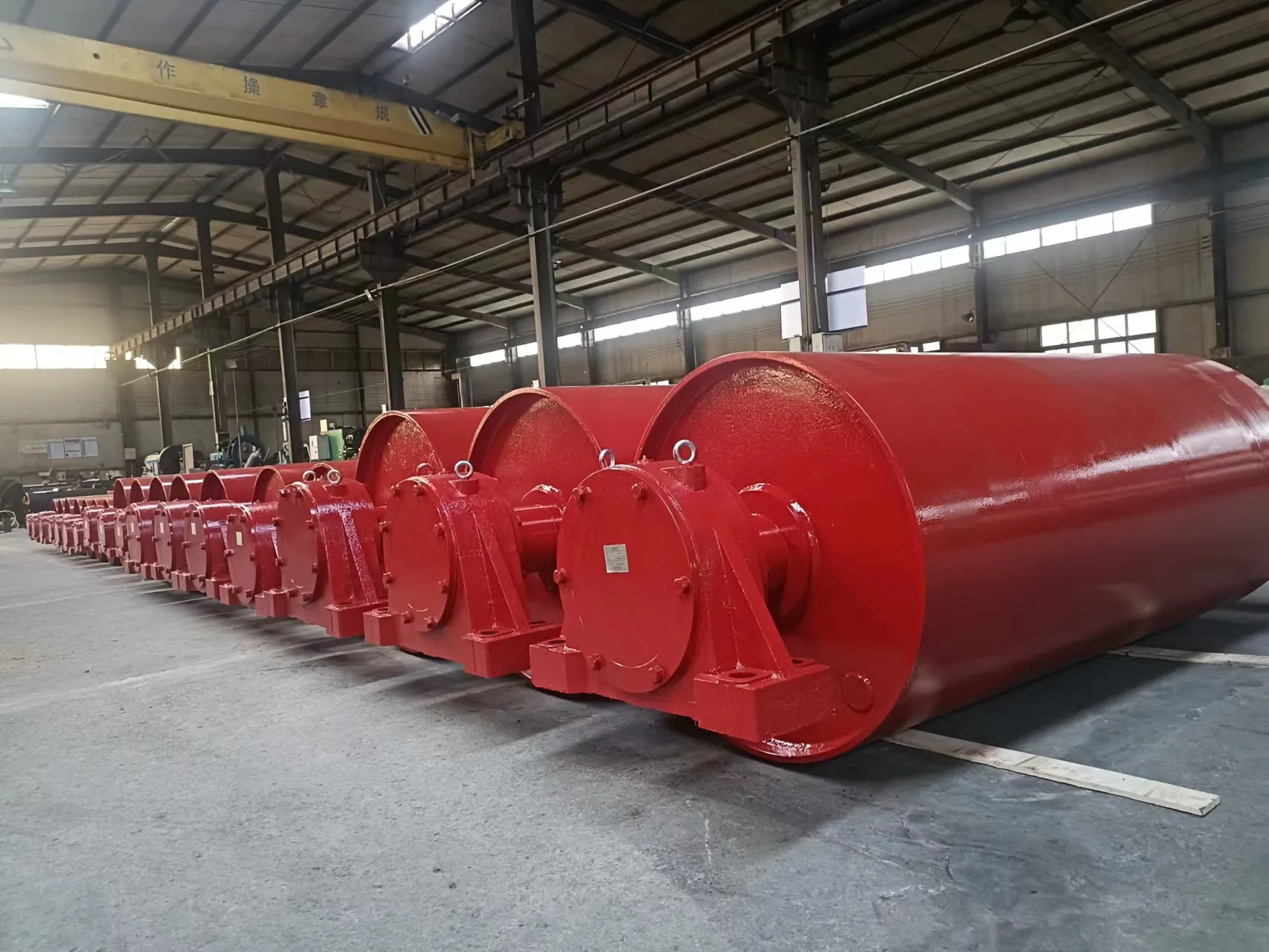 Afrikaans
Afrikaans  Albanian
Albanian  Amharic
Amharic  Arabic
Arabic  Armenian
Armenian  Azerbaijani
Azerbaijani  Basque
Basque  Belarusian
Belarusian  Bengali
Bengali  Bosnian
Bosnian  Bulgarian
Bulgarian  Catalan
Catalan  Cebuano
Cebuano  Corsican
Corsican  Croatian
Croatian  Czech
Czech  Danish
Danish  Dutch
Dutch  English
English  Esperanto
Esperanto  Estonian
Estonian  Finnish
Finnish  French
French  Frisian
Frisian  Galician
Galician  Georgian
Georgian  German
German  Greek
Greek  Gujarati
Gujarati  Haitian Creole
Haitian Creole  hausa
hausa  hawaiian
hawaiian  Hebrew
Hebrew  Hindi
Hindi  Miao
Miao  Hungarian
Hungarian  Icelandic
Icelandic  igbo
igbo  Indonesian
Indonesian  irish
irish  Italian
Italian  Japanese
Japanese  Javanese
Javanese  Kannada
Kannada  kazakh
kazakh  Khmer
Khmer  Rwandese
Rwandese  Korean
Korean  Kurdish
Kurdish  Kyrgyz
Kyrgyz  Lao
Lao  Latin
Latin  Latvian
Latvian  Lithuanian
Lithuanian  Luxembourgish
Luxembourgish  Macedonian
Macedonian  Malgashi
Malgashi  Malay
Malay  Malayalam
Malayalam  Maltese
Maltese  Maori
Maori  Marathi
Marathi  Mongolian
Mongolian  Myanmar
Myanmar  Nepali
Nepali  Norwegian
Norwegian  Norwegian
Norwegian  Occitan
Occitan  Pashto
Pashto  Persian
Persian  Polish
Polish  Portuguese
Portuguese  Punjabi
Punjabi  Romanian
Romanian  Russian
Russian  Samoan
Samoan  Scottish Gaelic
Scottish Gaelic  Serbian
Serbian  Sesotho
Sesotho  Shona
Shona  Sindhi
Sindhi  Sinhala
Sinhala  Slovak
Slovak  Slovenian
Slovenian  Somali
Somali  Spanish
Spanish  Sundanese
Sundanese  Swahili
Swahili  Swedish
Swedish  Tagalog
Tagalog  Tajik
Tajik  Tamil
Tamil  Tatar
Tatar  Telugu
Telugu  Thai
Thai  Turkish
Turkish  Turkmen
Turkmen  Ukrainian
Ukrainian  Urdu
Urdu  Uighur
Uighur  Uzbek
Uzbek  Vietnamese
Vietnamese  Welsh
Welsh  Bantu
Bantu  Yiddish
Yiddish  Yoruba
Yoruba  Zulu
Zulu Exploring the Impact of Drum Lagging Rubber on Conveyor System Efficiency and Performance
The Importance of Drum Lagging Rubber in Industrial Applications
In the realm of industrial machinery and conveyor systems, the efficiency and safety of operations are paramount. Among the various components that contribute to overall performance, drum lagging rubber plays a crucial role, particularly in the operation of conveyor belts and pulleys. This article delves into the significance of drum lagging rubber, its properties, benefits, and best practices for its application.
Understanding Drum Lagging Rubber
Drum lagging rubber refers to a layer of rubber material applied to the surface of drums, particularly drive and idler drums in belt conveyor systems. This layer serves several key functions including enhancing friction, decreasing wear, and improving the overall durability of the drum. Drum lagging is typically engineered from high-quality rubber compounds that can withstand harsh environmental conditions, including abrasion, heat, and chemical exposure.
Functions and Benefits of Drum Lagging Rubber
1. Enhanced Friction One of the primary functions of drum lagging is to increase the coefficient of friction between the drum and the conveyor belt. This enhanced grip ensures that the belt properly adheres to the drum, preventing slippage that can lead to operational inefficiencies and increased wear on both the belt and the drum.
2. Wear Resistance The rubber layer protects the drum from wear and tear caused by constant contact with the conveyor belt. This protection minimizes the need for frequent replacements or repairs, thereby extending the lifespan of the drum and ensuring uninterrupted operations.
3. Noise Reduction The application of drum lagging rubber can significantly reduce noise levels during machine operation. The rubber absorbs vibrations and impacts, leading to a quieter working environment that can enhance employee comfort and satisfaction.
4. Protection Against Environmental Factors Industrial environments can be harsh, with exposure to moisture, chemicals, and extreme temperatures. Drum lagging rubber is designed to withstand these conditions, providing a protective barrier that helps maintain the integrity of the drum and the conveyor system.
5. Improved Safety By reducing slippage and ensuring proper belt tracking, drum lagging rubber contributes to safer operational conditions. A well-functioning conveyor system minimizes the risk of accidents, such as slipping belts or equipment failures, thereby enhancing workplace safety.
Types of Drum Lagging Rubber
drum lagging rubber

There are several types of drum lagging rubber available, each tailored for specific applications and environmental conditions
- Diamond Pattern Lagging This type features a pattern of raised diamond shapes that enhance grip and provide a non-slip surface. It’s especially useful in applications where high friction is needed.
- Smooth Lagging Typically used in applications where minimal friction is required, smooth lagging provides ease of belt movement but may not be suitable for high-tension scenarios.
- Ceramic Lagging Incorporating ceramic tiles into the rubber layer, this type offers superior abrasion resistance and is ideal for heavily loaded conveyors operating in harsh conditions.
Best Practices for Drum Lagging Rubber Application
To ensure optimal performance of drum lagging rubber, it is essential to follow best practices during its installation and maintenance
1. Proper Installation Ensure that the lagging material is installed evenly and securely to avoid air pockets or wrinkles that could lead to premature wear.
2. Regular Inspection Frequent checks for wear and damage can help identify issues before they escalate. This includes visual assessments and performance evaluations.
3. Re-lagging as Needed Depending on the intensity of use, drum lagging may need to be replaced periodically. Proactive re-lagging can prevent operational disruptions and extend the overall life of the equipment.
Conclusion
Drum lagging rubber is an indispensable component in enhancing the efficiency, durability, and safety of industrial conveyor systems. By improving friction, reducing wear, and offering protection against adverse environmental conditions, this specialized rubber plays a critical role in maintaining smooth operations. As industries continue to evolve, investing in high-quality drum lagging rubber will remain a vital strategy for optimizing machinery performance and ensuring safety in the workplace.
-
Revolutionizing Conveyor Reliability with Advanced Rubber Lagging PulleysNewsJul.22,2025
-
Powering Precision and Durability with Expert Manufacturers of Conveyor ComponentsNewsJul.22,2025
-
Optimizing Conveyor Systems with Advanced Conveyor AccessoriesNewsJul.22,2025
-
Maximize Conveyor Efficiency with Quality Conveyor Idler PulleysNewsJul.22,2025
-
Future-Proof Your Conveyor System with High-Performance Polyurethane RollerNewsJul.22,2025
-
Driving Efficiency Forward with Quality Idlers and RollersNewsJul.22,2025





























